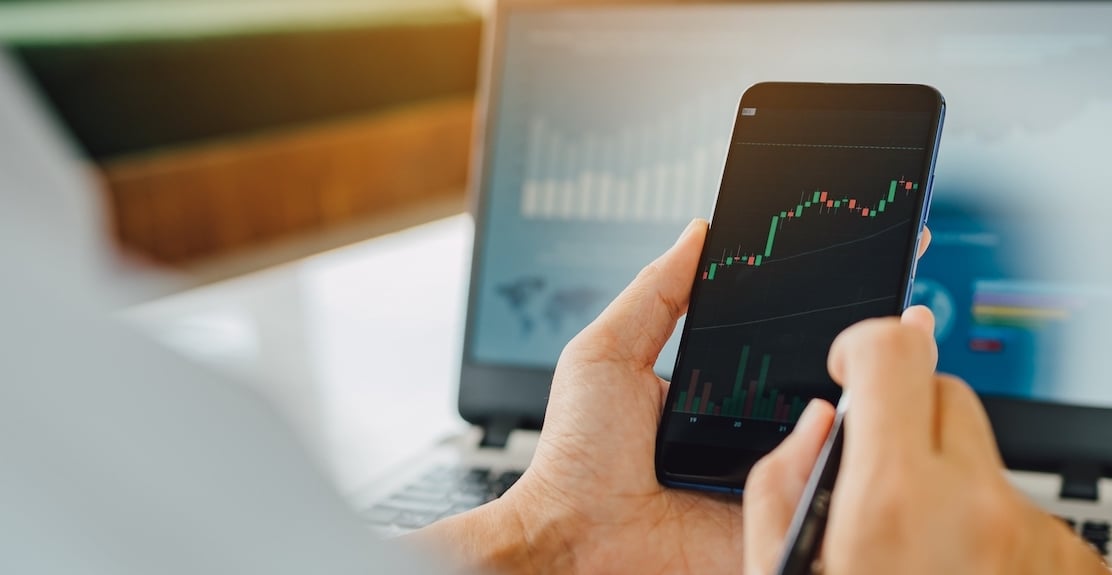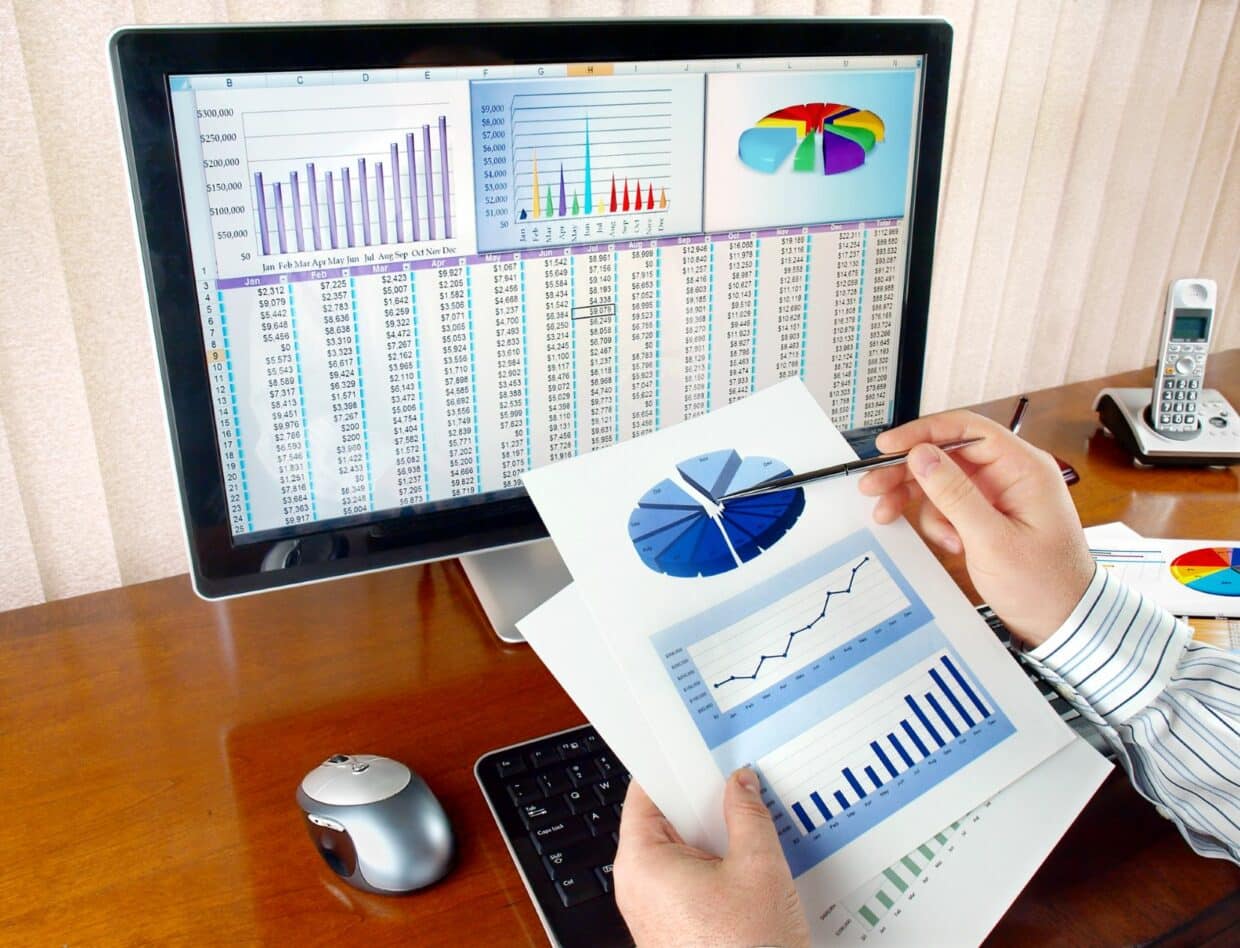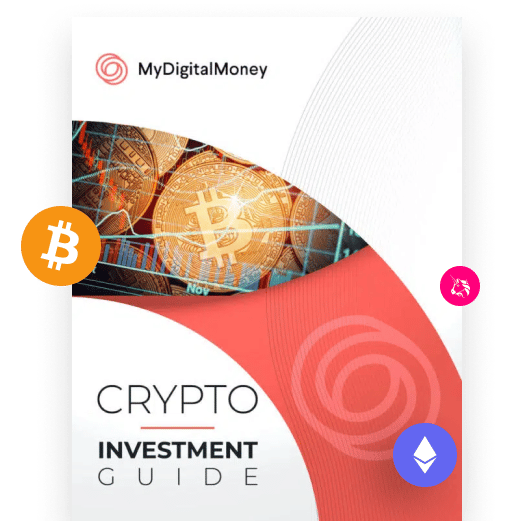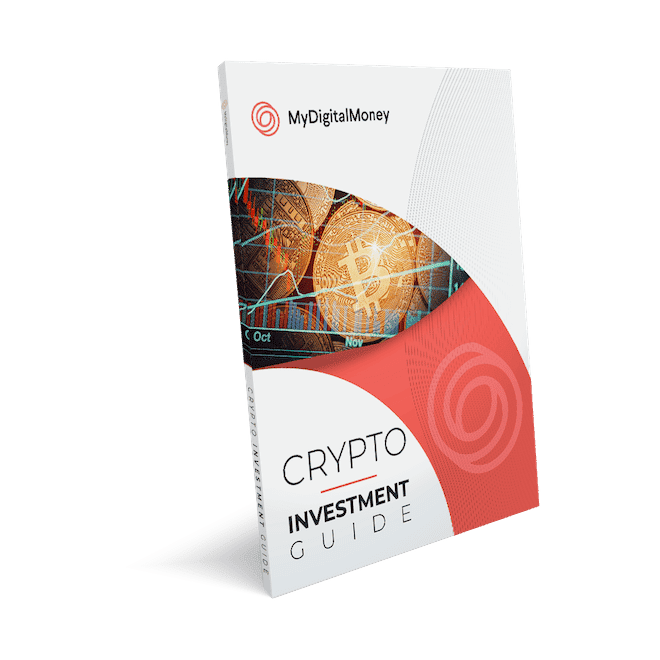Tokenization is when you “convert” things into digital assets.
Assume you need money and you have a huge car collection with a total of 500,000 items. But instead of selling the whole storage, you want to sell items one by one.
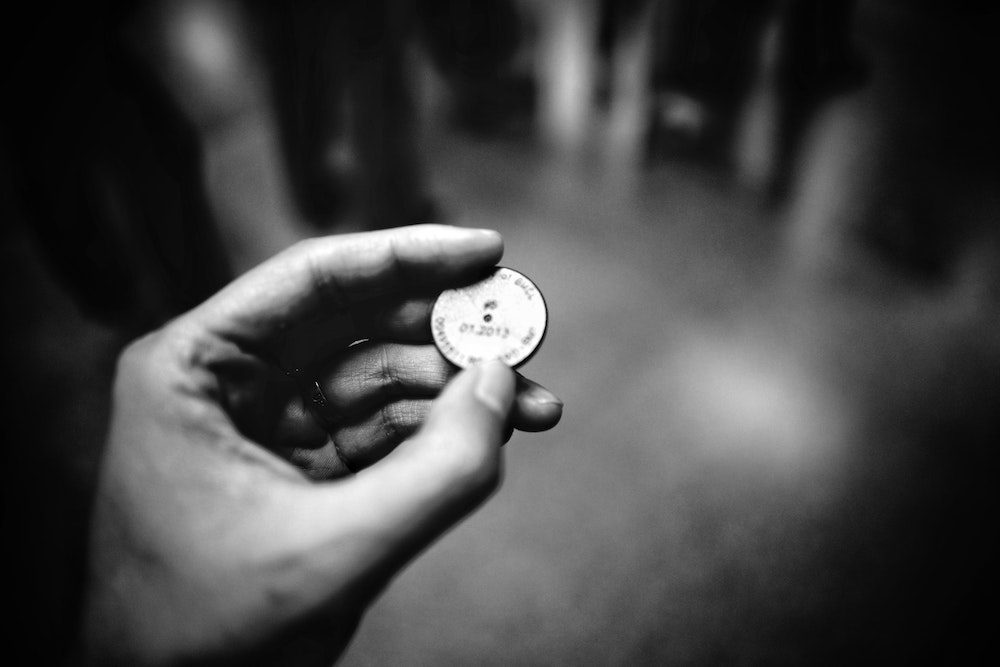
You can do it the old fashion way. Call a car dealership and have them sell it, or you sell it yourself. You advertise it. You fill up all the paperwork necessary.
Or you can automate everything.
Imagine digitally printing 500,000 tokens under the symbol “STG.”
Each STG would be worth whatever you assign it to be its worth and represents each car.
To do that, you need to develop an algorithm that would be implemented as a smart contract on a blockchain. This algorithm defines all the features of your future token: its value, quantity, denominations, name, and others.
The smart contract will also take care of all the previously manual processes. Imagine not having to fill up a DMV document, skipping all that paperwork.
You don’t need to do the credit check. You don’t need to do anything to make sure the check is good. You don’t even need to personally meet the buyer.
The client, on the other hand, doesn’t need to go to any website to check the history of your car. The blockchain has everything they need to know.
This automatic implementation is called a smart contract.
This means we need to get this on a blockchain that will support smart contracts.
Ethereum, Neo or Cardano are some of those. I won’t discuss the technical part of how that goes into the blockchain. It’s enough that we know your assets are now tokenized and available for purchase in the blockchain.
There are different tokenized assets.
#1- Currency tokens
Think bitcoin or even Dogecoin. Currency tokens have their own value. It is meant to be traded, spent and received.
They are meant to be used like we use fiat currency.
#2- Utility tokens
Utility tokens is like investing in a product that is still in development.
The money you paid, in exchange for coins, will allow startups to raise enough capital to actually develop this product.
Utility tokens are not supposed to be investments by design but because the product or coin you invested in could increase in value, many people treat it like an investment.
#3- Security tokens
Now, this is meant to be an investment.
Security tokens can represent any asset that is tradable. NFT is a security token.
Security tokens are essentially shares that live on a preexisting blockchain. For example, if Kanye West tokenized a song and put it in the blockchain, you can own the whole song OR part of the song.
Same thing is true with artworks. Last March, they burnt “Morons”, a piece by Banksy. They tokenized it and sold it. That’s a security token.
And there you go, that’s tokenization. That’s what this new “Token economy” could offer to the financial world.
Many are questioning the applicability of tokenization in certain aspects of the economy but that’s another video.
Subscribed to our YouTube channel to know more about tokenization and subscribe to our newsletter for exclusive access to more tips and information.

